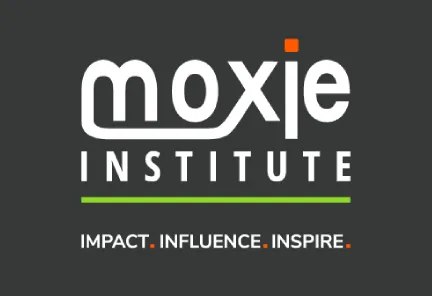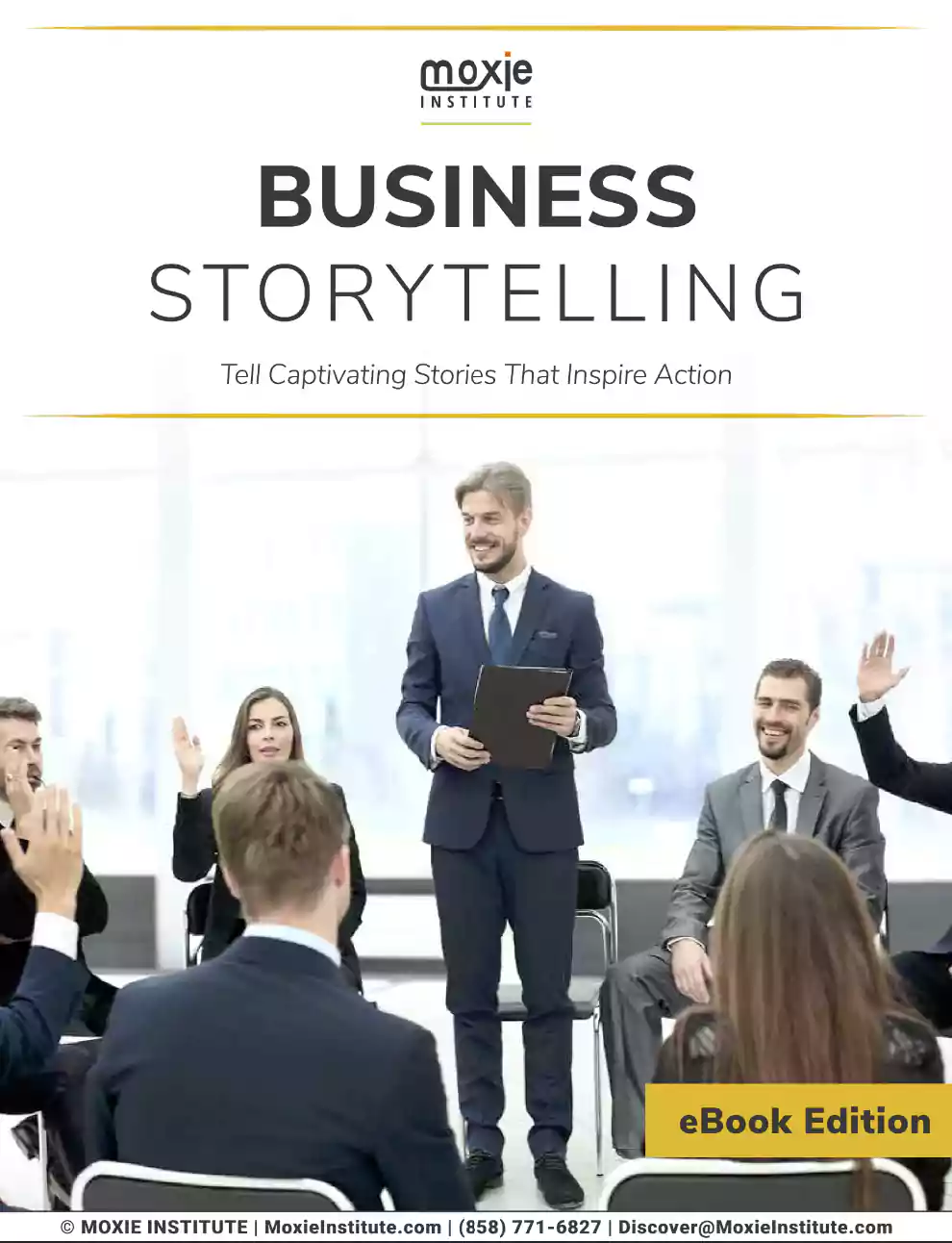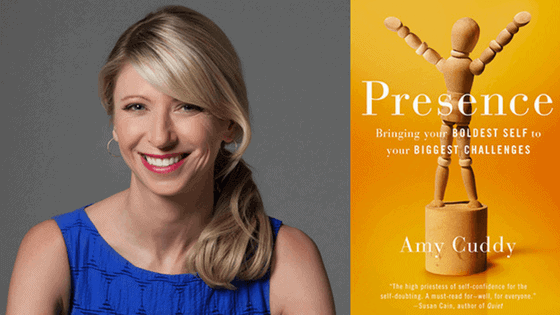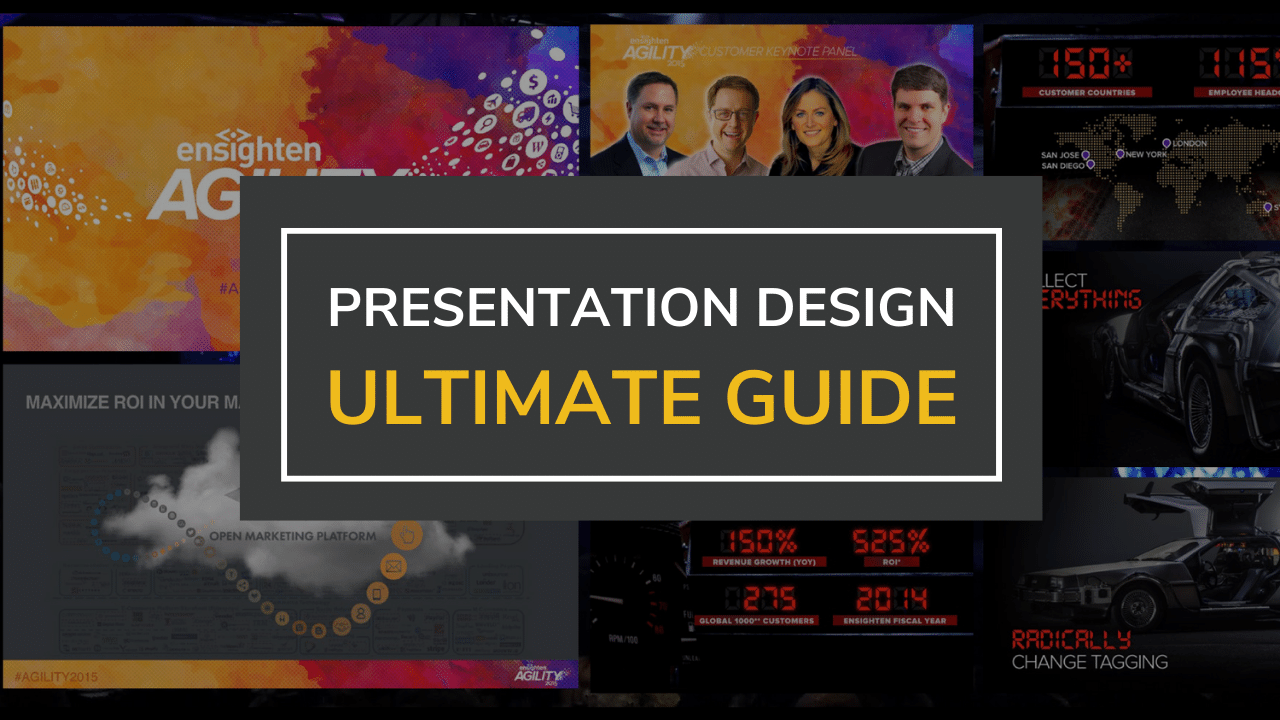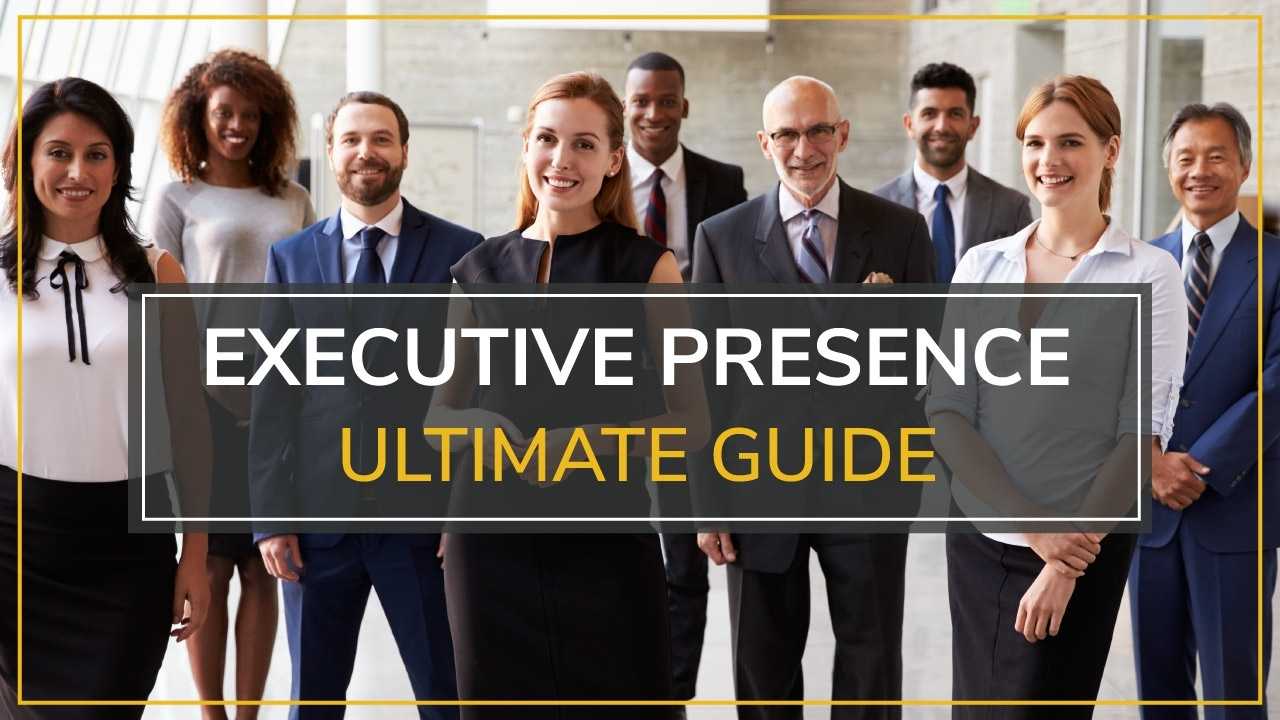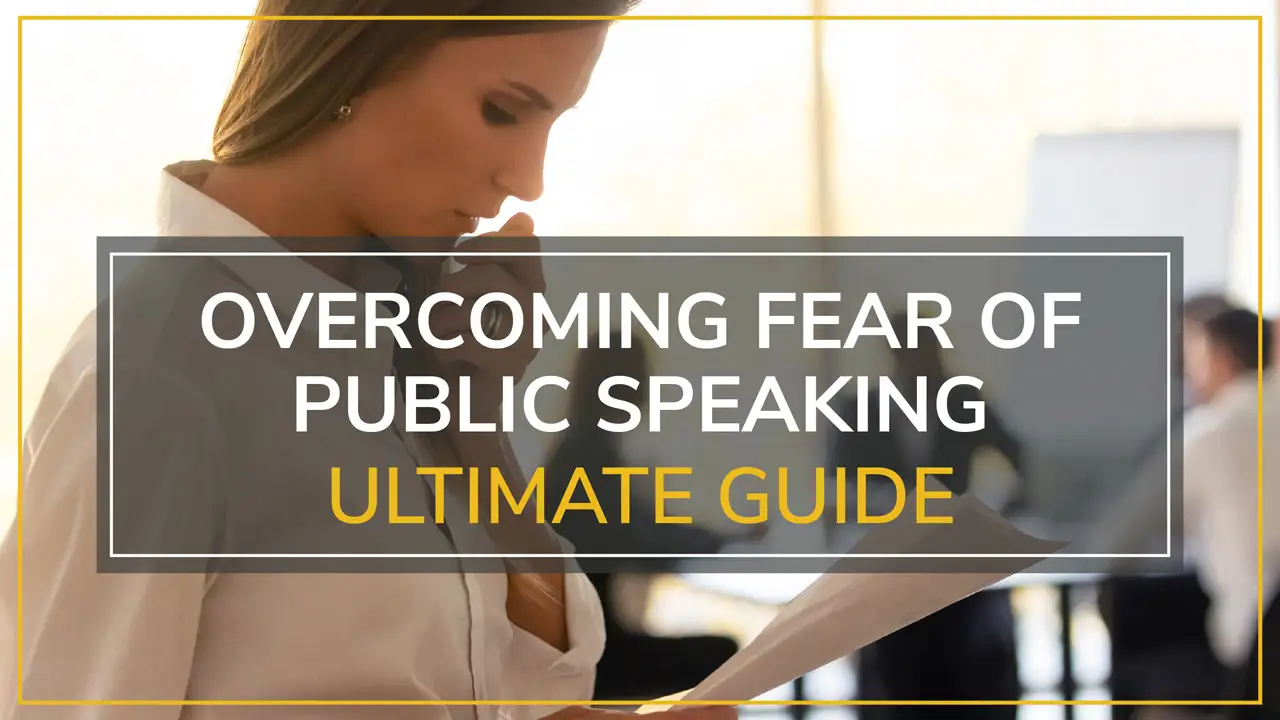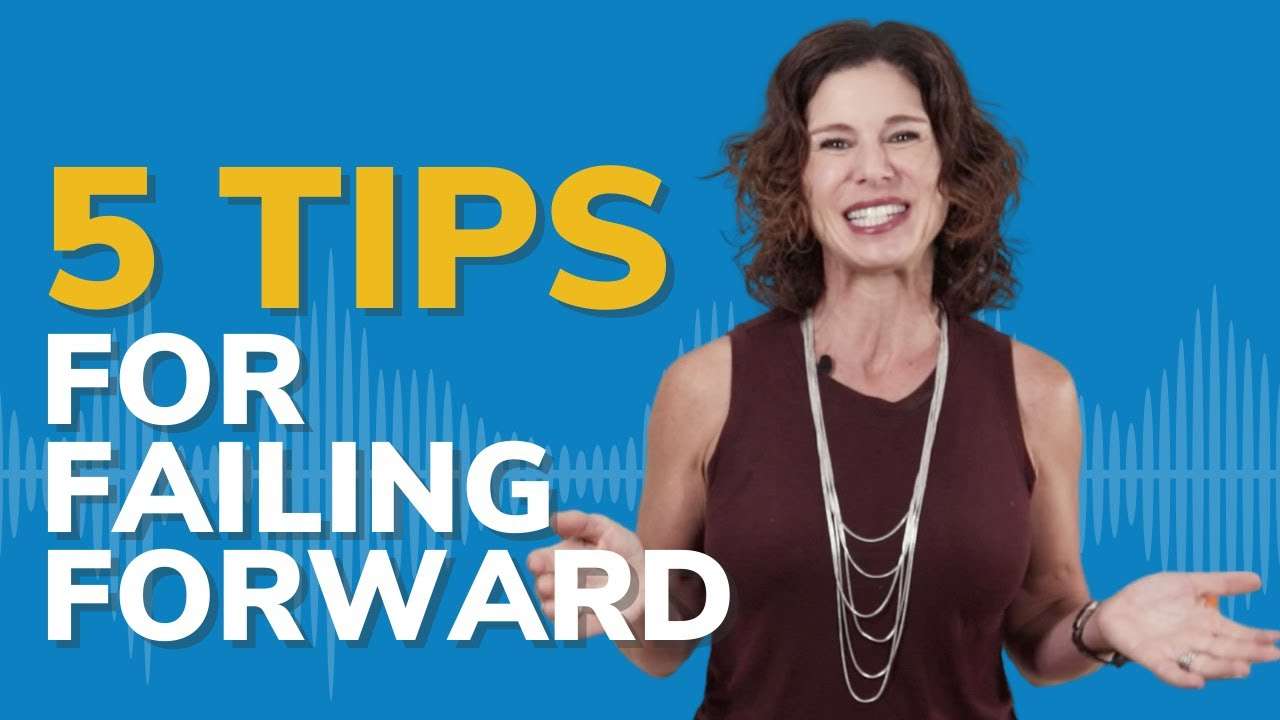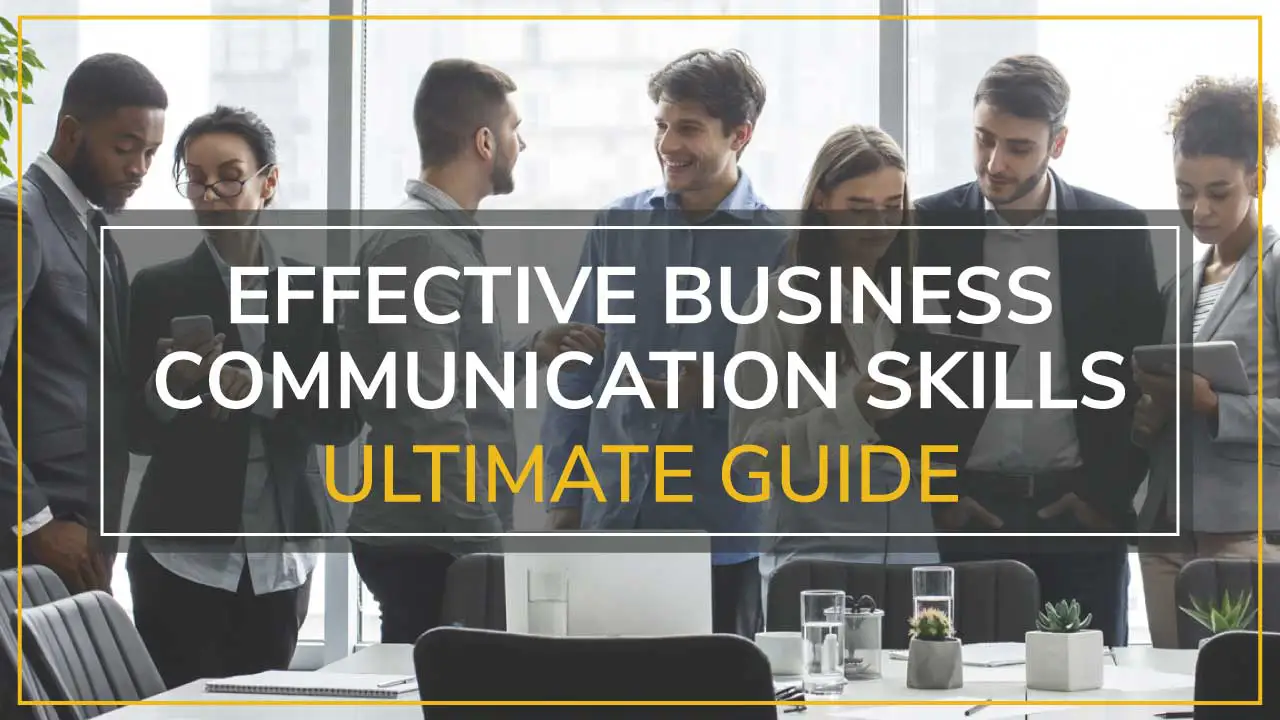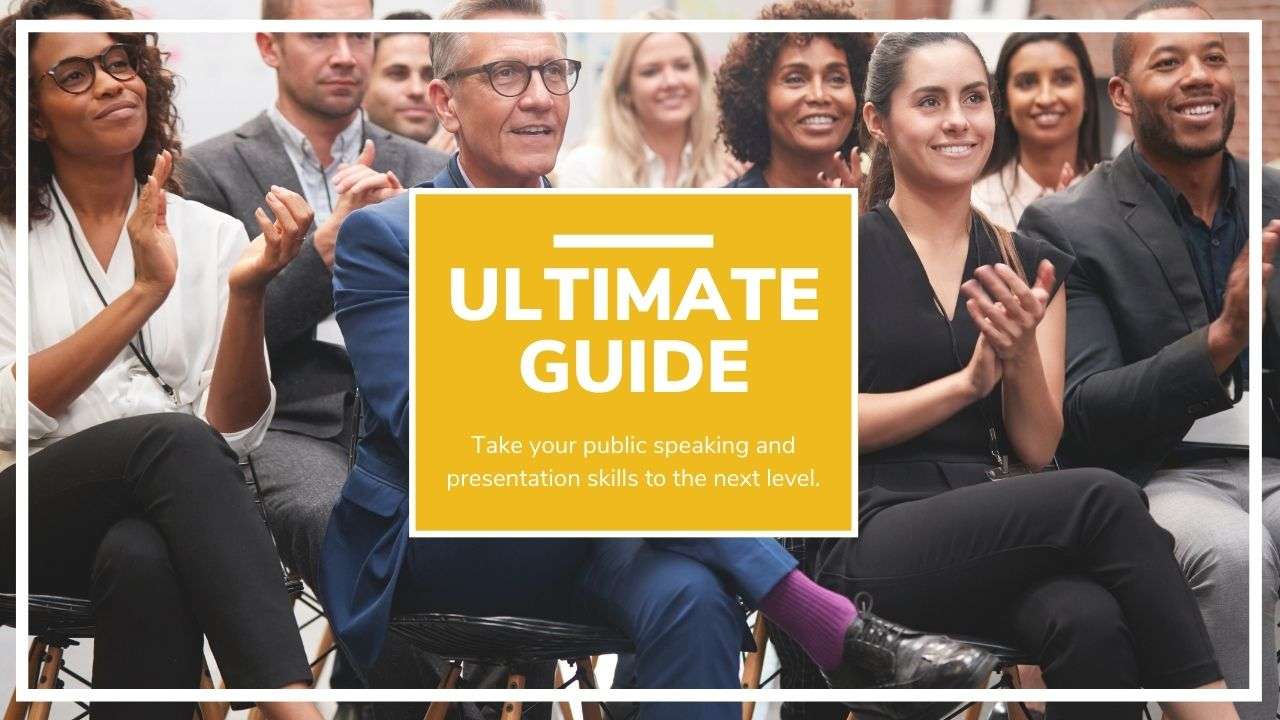“Becoming present is not just about knowing and affirming your story—it’s also about how you narrate your story. Telling yourself what matters to you is one thing, but equally important is taking control of how you tell your story—to yourself and to others.”
— Amy Cuddy, Presence
ANYONE WHO HAS ATTENDED A PRESENTATION SKILLS TRAINING WILL KNOW THE IMPORTANCE OF USING EXCELLENT NONVERBAL BODY LANGUAGE TO TRULY CAPTIVATE AN AUDIENCE.
By now, you’ve probably seen Amy Cuddy’s popular TED Talk where the idea of power posing raced around the world, entitled “How Your Body Language Shapes Who You Are.” If you haven’t watched it, it’s not too late to check it out. In2015, Cuddy followed up the wave of popularity sparked by her TED Talk with the release of her book—Presence.
Presence is packed full of useful advice and insights for presenters to implement into the preparation and execution of their talks. Let’s look at some of the best tidbits of advice Presence has to offer. Read on to learn how to talk like TED and turn your next performance from boring to bravo!
“It’s not about having a memorized script; it’s about having easier cognitive access to this content, which frees you to focus not on what you fear will happen but on what’s actually happening.”
Amy Cuddy ends a passage about preparation with this statement. It’s the exact reason why repetition is preached by athletes, professional speakers, actors, and others who perform in front of large audiences: when your words or actions are second nature, everything else becomes second nature, too. When you know your topic intimately, you can handle any curveball that comes at you. In our presentation skills training programs at Moxie, we have coached and witnessed countless speakers as they learn to relax and let their speeches come to life. It’s incredible! Indeed, practice, repetition – and not memorization – does “make perfect.”
“Part of presence is accepting the possibility of disappointment and not allowing that to knock you off course or cause you to doubt. What appears at first to be failure may actually be something else altogether—an opportunity to grow in an unanticipated way.”
Don’t be afraid of failure. The fear of failing stops you from succeeding and being your best self (more on that later). If something you’re working on veers off into a new and unexpected direction—roll with it. Have enough confidence in yourself to explore these new channels. As Thomas Edison famously said, “I have not failed. I’ve just found 10,000 ways that won’t work.”
“Power makes us approach. Powerlessness makes us avoid.”
A big part of presence is power. Cuddy discusses personal versus social power at length, but, in short, having social power without personal power breeds imposter syndrome. What is imposter syndrome? It’s the notion that, despite your qualifications and accomplishments, you are a fraud and a phony. Believe it or not, this syndrome affects even the most high-achieving and intelligent people since being a perfectionist is one of the traits that contribute to the imposter feeling.
Affirming personal beliefs and values helps to fight this feeling and also bolsters personal power. You’re the expert—you just need to believe it!
Another way to boost confidence and self-esteem is by using the amazing two-minute hack that launched Cuddy to TED stardom with nearly 50 million views (and counting) – power posing.
“By taking up as much space as you comfortably can in the moments preceding the challenge, you’re telling yourself that you’re powerful – that you’ve got this – which emancipates you to bring your boldest, most authentic self to the challenge. You’re optimizing your brain to be 100 percent present when you walk in. Think of it as a pre-event warm up.”
Have you tried Cuddy’s power posing yet? The concept is simple: before a presentation, job interview, or especially challenging social situation, you sit or stand for two minutes in a stance that takes up as much space as possible. When you stand with your legs spread comfortably apart and hands on hips (often called the “Wonder Woman Pose,”) your hormones can actually shift your emotions from stress to confidence, from powerless to powerful.
Go ahead, try it. We’re not looking. Do you notice a difference? You may prefer standing with your legs just wider than shoulder width apart and your arms up in the air, like you just won a race. To amplify your confidence further, try thinking or even saying a powerful statement, like “I am an expert,” “I’ve got this,” or “I am on top of my game.” How do you feel?
Do keep in mind that there are appropriate and not-so-appropriate moments for power posing. If you suddenly throw your arms and legs into an “X” in the middle of a heated confrontation, it could be mistaken as aggression. If, after being asked a question, you stand up, jut your chin out, and place your hands on your hips during the job interview, you may be evaluated as a bit strange. (However, it is important to note that maintaining an open posture during a job interview has been proven to increase your chances of getting hired because it will lend a commanding nonverbal presence.)
The next time you are tempted to hunch over your cell phone and constrict your body in those critical moments leading up to a situation where you want to be respected, instead consider power posing. By taking a couple moments in the bathroom (or in your office with the door closed) before your big event – your presentation, a negotiation, an interview, the budget meeting – to calmly collect yourself, it can significantly raise your self-confidence, as well as improve other people’s perceptions of you. In fact, Cuddy shares in Presence that “expanding your body toughens you to physical pain,” proving that this trick makes us not only psychologically, but even physically stronger.
Additionally, you can use this technique to start your day. As Cuddy points out, “In some ways, every day is a challenge.”
“As important as it is to adopt bold power poses before challenging situations, it’s just as important to maintain less bold but still strong, upright, and open postures during challenging situations.”
I’ve had the opportunity to witness how powerfully body language can change a speaker’s message through the thousands of people I’ve coached in our presentation skills trainings. It makes the difference between commanding the attention of the audience – of owning the room and providing memorable insight – or simply renting space to “say a few words” that will soon be forgotten. And, perhaps surprisingly, this can be as simple as where you place your hands during your talk.
Many presenters are overly concerned with preparing for their talks—but what good is preparation with no follow through? Body language, the main focus of Amy Cuddy’s TED Talk, is an important form of communication that shouldn’t be neglected. Without even speaking, a person can convey strength, authority, and certainty—or not. Be careful of what message your body is sending.
“The most commonly quoted line from my TED talk is ‘Don’t fake it till you make it, fake it till you become it.’ That’s what it is about—incrementally nudging yourself to become the best version of yourself.”
Earlier, I mentioned your “best self.” Ideally, your best self is the current one. Continual self-improvement ensures it is. Don’t be afraid to review your old presentations and give them an honest assessment. Even better, consider enlisting a professional to give you unbiased feedback and coaching or enroll in a presentation skills training, like our Speak with MOXIE Masterclass. The difference between “faking it till you make it” and faking it till you become it” is the difference between being present and having presence: one is an act, the other is an embodiment.
Ideally, your best self is the current one. Continual self-improvement ensures it is.
Pick up a copy of Presence, if you haven’t already, to read more advice any public speaker should have in his or her proverbial back pocket. Amy Cuddy narrates the audiobook version herself! And remember to always consider: what messages are you communicating through your posture?
Fia and Gregg Fasbinder
CEO and President
www.MoxieInstitute.com
hello@moxieinstitute.com
(858) 771-6827
